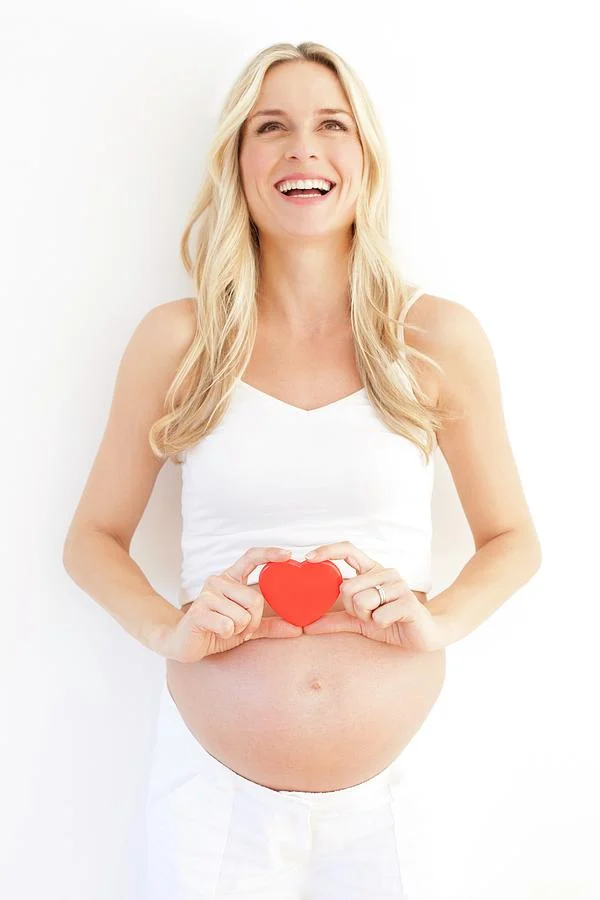Just yesterday, my daughter Sophie had a public meltdown. As any parent of a special needs child knows, these moments can be intense. When emotions run high and communication falters, meltdowns are bound to happen. Typically, if we can swiftly remove her from the environment, she calms down pretty quickly.
However, yesterday proved to be a challenge. Getting her out of the bustling public building meant navigating two flights of stairs—thanks to a broken escalator—and crossing a sky bridge. That’s where things took an interesting turn.
I had hoped that the fresh air would soothe her. She usually loves the sky bridge for its stunning views, but instead, she stopped to sob even louder. My partner Alex wrapped his arm around her waist, guiding her forward despite her cries.
Then, two security guards approached us. “We heard a woman screaming on the sky bridge,” they said.
What followed was a round of clarification: “Our daughter has special needs, she’s having a meltdown, and we promise you she’s not being kidnapped.” The guards quickly backed off, apologized, and offered assistance. Within two minutes, we were in our car, and Sophie was calming down. Just moments later, she was back to her usual self.
But here’s the kicker—when the guards referred to Sophie as a woman, it struck me. She’s only 14, but at 5 feet 3 inches tall, she’s perceived as an adult. We’ve officially stepped into new territory.
Society has become more accepting of children with disabilities, particularly when they’re well-dressed and smiling. However, the narrative shifts when it comes to adults with disabilities. Now, my daughter is transitioning into that category.
She doesn’t outwardly appear disabled. Just the other night, as she returned from refilling her drink at a fast-food joint, I noticed that she seemed merely awkward rather than having a disability. When I shared our experience on social media, friends suggested getting her an ID or bracelet. I could do that, but it wouldn’t visually communicate her needs to the public.
Sure, I could shout, “Hey everyone! My daughter has cognitive disabilities and sometimes struggles with transitions!” but honestly, I’m usually a bit too busy to do that. Perhaps a Bat-Signal or flare gun would do the trick, signaling to others that while this situation isn’t ordinary, it’s also not something to fear.
There’s no clear solution to this dilemma. The best approach I can think of is to raise awareness, so more people understand what’s happening if my daughter is having a tough time in public. After all, becoming hermits isn’t a viable option.
This article originally appeared on May 24, 2017.
For more insights on navigating family life and parenting, don’t miss our related posts, including information on pregnancy and helpful home insemination kits that can aid your journey. For excellent resources on pregnancy, check out the World Health Organization’s insights here.
Summary:
Navigating public meltdowns becomes increasingly complex as special needs children transition into adulthood. Societal perceptions shift, and parents face challenges in communicating their child’s needs to the public. Raising awareness and understanding is essential for smoother experiences in public spaces.
